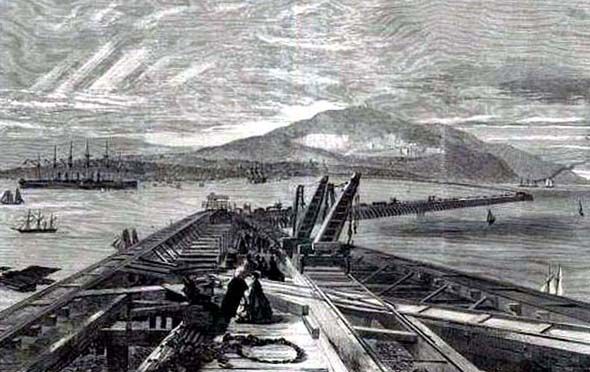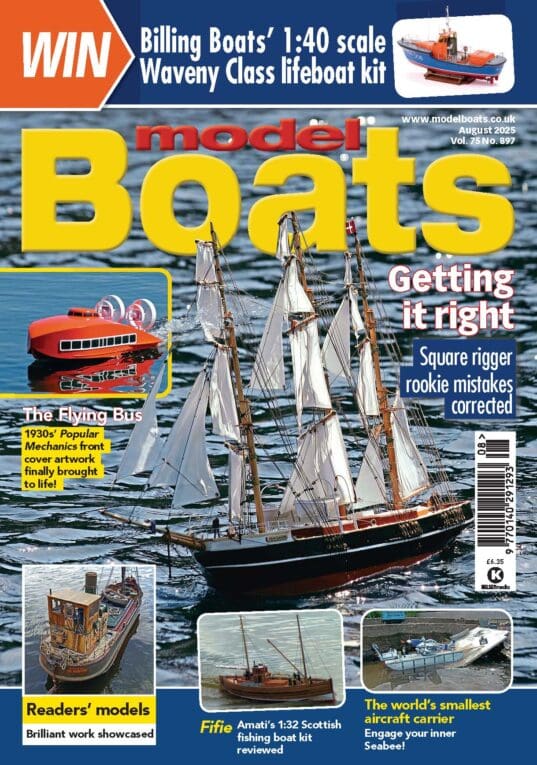The purpose of the project was to enclose more than 400 acres (160 ha) of deep water to create a sheltered roads, in addition to Holyhead's pre-existing 276 acres (112 ha) harbour. In 1848 the Chester and Holyhead Railway opened dramatically increasing the amount of sailings between Ireland and Great Britain.

Remains of the breakwater railway.
Work began in 1845 under the auspices of superintendent enginee, J.M. Rendell. Following his death in 1856, the project was completed by John Hawkshaw
Up to 1,300 men were employed during the project; although more than forty men lost their lives. Shaped blocks of 10-tonne limestone were used to create an outer facing wall that encased a rubble mound that was raised from the sea by dumping from ships and landward tipping. Divers in submarine bells were used to create level foundations on which the tiers of facing stones were placed. Men worked underwater using picks and hammers. Blasting was even undertaken using gunpowder sealed in watertight tin pipes.
A broad gaug railway was used to carry more than seven million tonnes of stone from the quarries on Holyhead Mountain to the working areas. The line eventually reached 1.48 mi (2.38 km) in length. In 1913 it was converted to standard gauge because a new engine was required after the original one had worn out. The line was used to maintain the breakwater until the 1980s when it finally ceased operations.
The breakwater, which took 28 years to complete, was officially opened on 19 August 1873 by Albert Edward, Prince of Wales

Edited By Paul T on 01/05/2014 15:31:46







